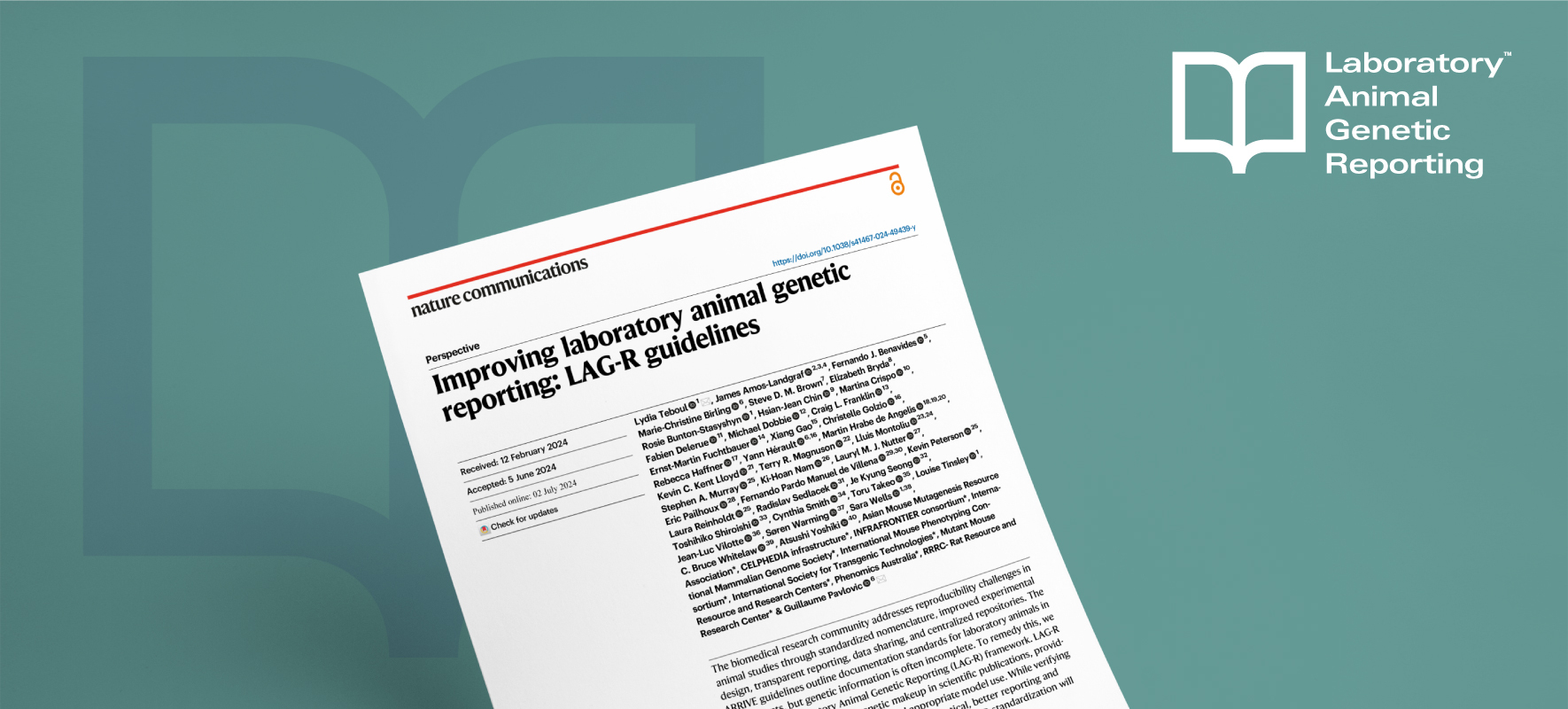Appointed in September 2017 as Senior Investigator Scientist at MRC Harwell, Tom runs the Mouse Models of Neurodegeneration (MMoN) research team as part of the programme headed by Prof Elizabeth Fisher (UCL).
Previous Research My passion for genome engineering stretches back to my undergraduate days at Edinburgh University. I studied genetics in my honours year at Edinburgh, and an elective course in genome engineering led me to a short stint as a Research Assistant in Dr Andrew Smith’s genome engineering lab, where I cut my teeth in genome manipulation in ES cells. I followed this up with a PhD at Newcastle University, using ES cells as a model to study haematopoiesis and leukaemia, before moving into mouse genetics for my postdoctoral training. I spent the past 9 years’ in the US as a postdoc/staff scientist at the Sanford Burnham Prebys Medical Discovery Institute, La Jolla, California. My research focus was to understand gene regulation controlled by retinoic acid during embryogenesis, in Professor Gregg Duester’s lab. Retinoic acid (a metabolite of vitamin A) plays an important role in virtually every organ system during development, which led me into studies investigating brain, spinal cord, early body axis, limb, heart, and gonad development, to name a few! La Jolla has a large, vibrant biomedical research community with great collaboration opportunities – my time working there was one of the best experiences of my life and I would strongly recommend the region to any young scientist looking to broaden their horizons. The dawn of CRISPR/Cas9 in 2013 really accelerated our research. Until quite recently, making genetic mouse models used considerable time and money, and riskier, potentially more exciting projects were usually out of the question with a limited academic budget. CRISPR/Cas9 changed all that, and suddenly we were able pose questions and test hypotheses using the gold standard in biology—genetics—in a relatively short time period. I had a lot of fun making deletions, KOs, double KOs, quad KOs, and even 7 × KO mice. Current Research Leading the Mouse Models of Neurodegeneration (MMoN) team at MRC Harwell is an exciting challenge. The opportunity to join Harwell was an easy decision – providing me the perfect opportunity to continue building upon my genome engineering expertise, whilst joining like-minded colleagues at a world leading centre for mouse genetics research. Neurodegeneration research is a new field for me, but I’m excited by the challenge and motivated to advance our knowledge for one of societies fastest growing health problems. Neurodegenerative disease is an ever-increasing presence in our aging population – dementia alone affects almost 50 million people, with costs projected to surpass $1 trillion in 2018, worldwide. Notably, there are almost no treatments and no cures for any neurodegenerative disease. The MMoN collaborative framework brings together the best in genome engineering, mouse genetics, and neuroscience. The MMoN lab was engineered with collaboration at its core. Together with the vision provided by Professor Elizabeth Fisher, who leads the overall programme, we work closely with neuroscience experts and clinicians at UCL (and further afield) with expertise in Alzheimer’s disease, amyotrophic lateral sclerosis (ALS), frontotemporal dementia, and Parkinson’s disease to provide the neurodegeneration research community with new mouse models that can hopefully provide the breakthroughs needed to find new treatments and cures. The resources at Harwell, with its state-of-the-art mouse transgenics facility and world class phenotyping capabilities in the Mary Lyon Centre, enable us to realise this vision. Bespoke models to answer specific questions. The most widely used models for neurodegeneration are transgenics that express genes of interest in a non-endogenous fashion. One key focus of our lab is to generate and phenotype new humanised knock-in models that express the full human transcript, together with disease causing mutations, from the endogenous mouse locus – for example, we are developing a humanised C9orf72 mouse, complete with a hexanucleotide repeat expansion that represents the most common genetic cause of ALS. In this way we aim to more faithfully model human pathogenesis – for example, the often-slow progression of neurodegenerative diseases, to answer key questions surrounding pathogenic mechanism and to provide physiologically relevant models to test future therapeutics. We are also using models that can answer specific biological questions in the shorter term – for example, using Cre-loxP technology to probe tissue specific gene functions. Looking to the future, I still have one eye on developmental genetics – I would like to examine some of our models during embryogenesis to ask whether molecular changes can be seen during development, which might help to identify root causes of disease and potentially provide biomarkers for early disease detection.



